
Another Veterans Day has come and gone, but the number of student veterans on college campuses across the nation is growing and expected to increase by 20 percent within the next few years, according to data from the Veterans Affairs campus toolkit.
Colorado State University-Pueblo has approximately 300 student veterans currently enrolled who are pursuing degrees, said Dana Rocha, interim director of veterans affairs at the university.
Transitioning from military to civilian life, while trying to complete college is vastly different and can be a challenge for many.
“The academic setting is completely different than the military setting. The personalities, the ideals, the philosophies are completely different. The way people interact with each other is completely different,” Jacobo Varela, director of Veteran’s Upward Bound and former student veteran himself, said
“Being told where to go, when to eat, what to eat to an atmosphere where now you’re all on your own. You need to set up your own schedule, do your own homework and ‘we’re not going to check up on you.’ So, it’s a hard transition for some military people,” York said.
Chris Day, a student veteran majoring in automotive industry management said the change of structure is a challenging aspect of transitioning from soldier to student.
“In the Army, we’re held to a specific standard and that standard needs to be completed at or by a specific time …The good side to that is that for veterans, it’s a really easy way to stand out from your peers, by just doing the work on time to standard,” Day explained.
The same VA campus toolkit states 62 percent of student veterans are first generation college students, only 15 percent fall into the typical college age range of 18-23 years old, 47.3 percent are married and 47 percent have children.
“They’ll come in here with academic issues at first and then you’ll realize that many of their academic issues are maybe mental health issues and that they have something external affecting their schooling. They’re not just dealing with going to class, and maybe they’ve just come back from combat or deployment, and they’re just now readjusting,” Varela said.
Across the board, student veterans are succeeding. A total of 51.7 percent complete their degrees in four to five years, just like the average for other college students.
“The most rewarding part is seeing how well you can change your circumstances. Having traveled to other countries, I’ve seen the extreme highs and lows the world offers. It is amazing to me that we Americans have these opportunities presented to us and that we don’t have to end up in the lows if we don’t want to,” Day said.
Varela believes veterans who return to college has less difficulty with the transition.
“When you finish something you learn a lot more about yourself. You learn how to adjust in a softer setting rather than going straight into a job, which might be more difficult. I think a lot of vets feel stuck when they get out. They don’t know how to move on, and they don’t know what to do,” he said.
“They don’t have the authority that they once did or anything like that, but in school there’s a lot of opportunity for leadership, to join student organizations, to join professional organizations so they can do that and become involved again,” Varela concluded.
Across the CSU-Pueblo campus a few resources that will better serve student veterans, are being considered, such as the Veterans Resource Center, Veterans Upward Bound and Veterans Affairs all under one roof instead of in various buildings.
“Our ultimate goal is by spring of 2018 to all be under one roof. Like a one stop shop. It will be nice for them to not go all over campus for different resources,” said Rocha.
In addition to the resources already provided, student veterans at CSU-Pueblo focus on helping each other.
“We’re definitely trying to help lift each other up and make sure that there’s an understanding with the faculty and administrators that there are some veterans specific issues, for example, we really really like to sit in the back of the classroom when at all possible because we don’t like people walking behind us. And sometimes we have appointments that took a year to get that we just can’t miss,” York said.
The Student Veterans of America organization on campus went “homeless” this past Friday and Saturday to raise awareness about the issue among community veterans and additionally collect canned goods year-round to donate.
“They want to go back and help other vets. You’ll find that trend among student veterans,” Varela said.
The Veterans Resource Center provides free printing, computer access and coffee on the third floor of the LARC open to all veterans as well as their dependents.
Veterans Upward Bound, which is a grant-funded program by the department of education, is located in the same office. They accept low-income and veterans with certain academic or financial needs, provided they meet the criteria.
However, Varela and his team try to help anyone they can and don’t turn anyone away even if they can’t become part of the Veterans Upward Bound program.
“I believe that the success of our student veterans is the responsibility of everybody; the school, administration, faculty and staff have to understand that we have a wide variety of people in our student body. I think that helping veterans succeed helps our community succeed,” Varela said.
Edited by: Theresa Wolf




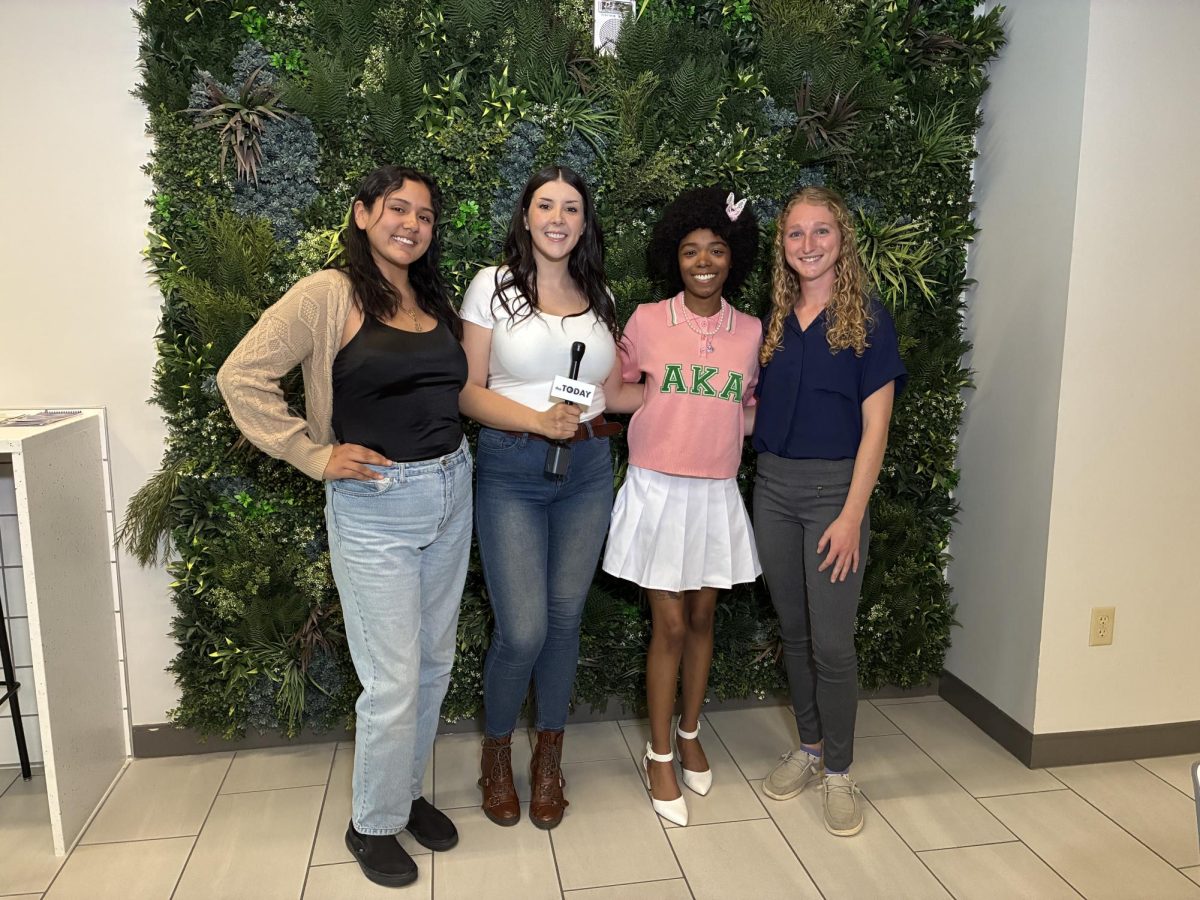
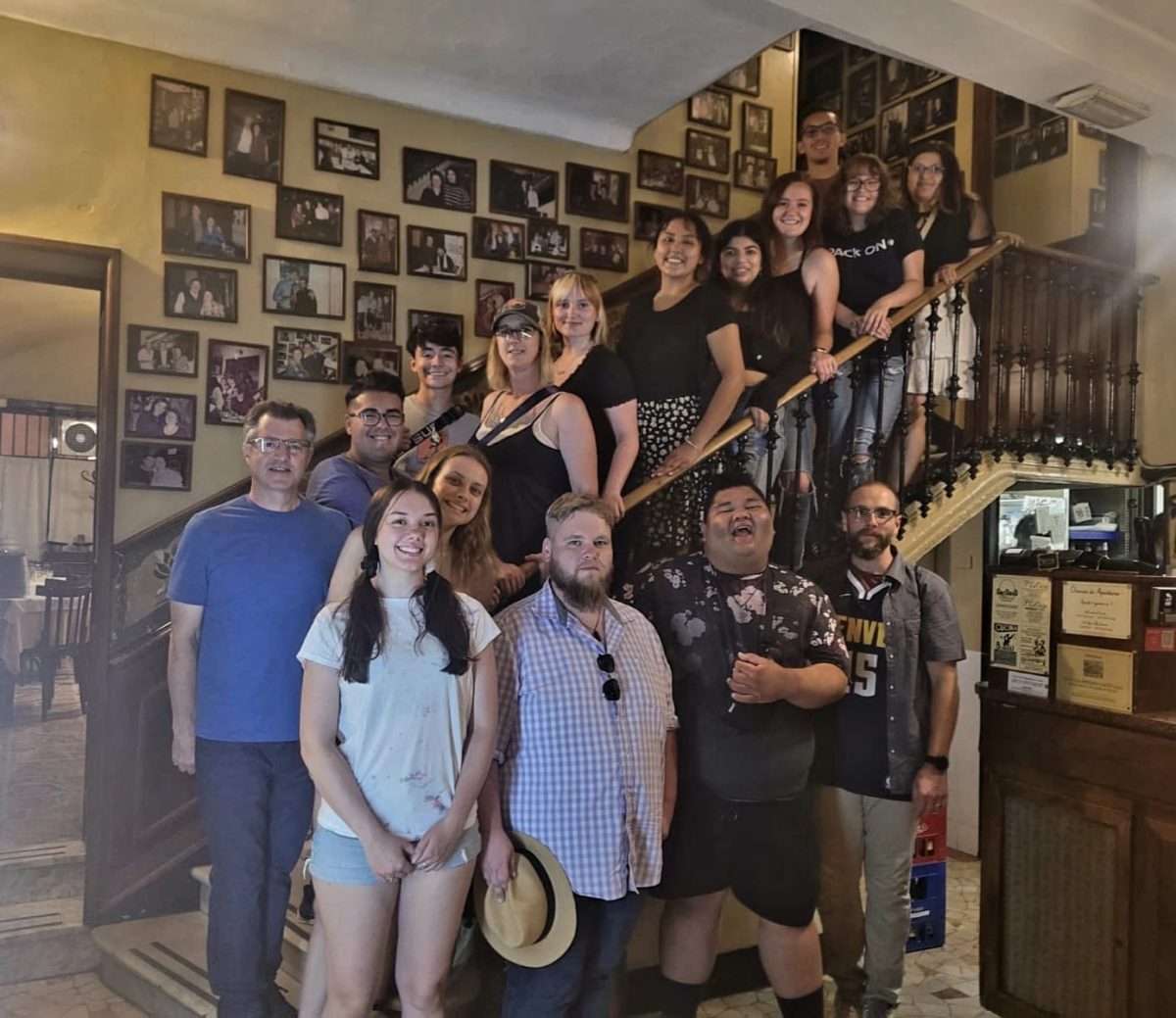
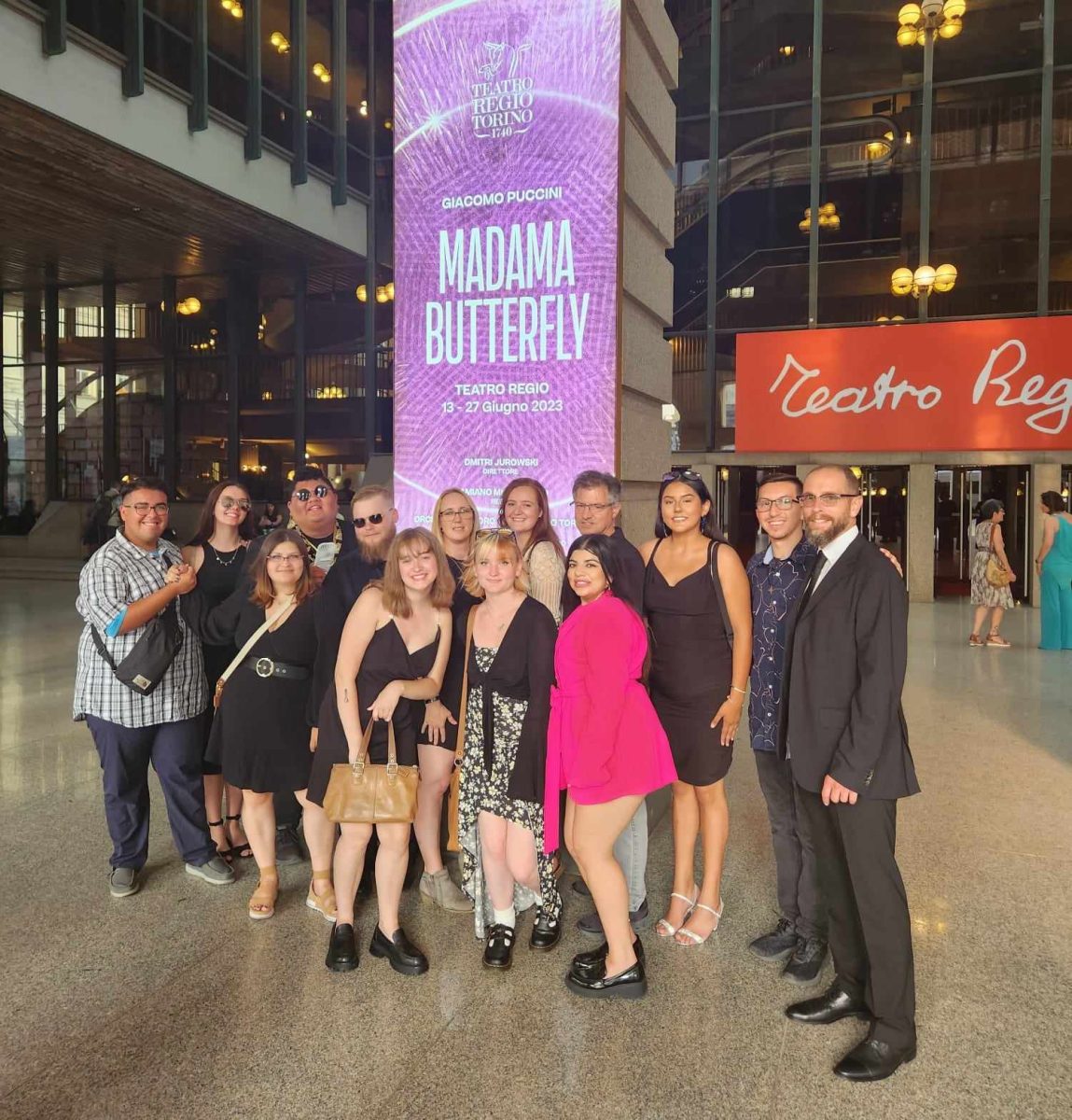
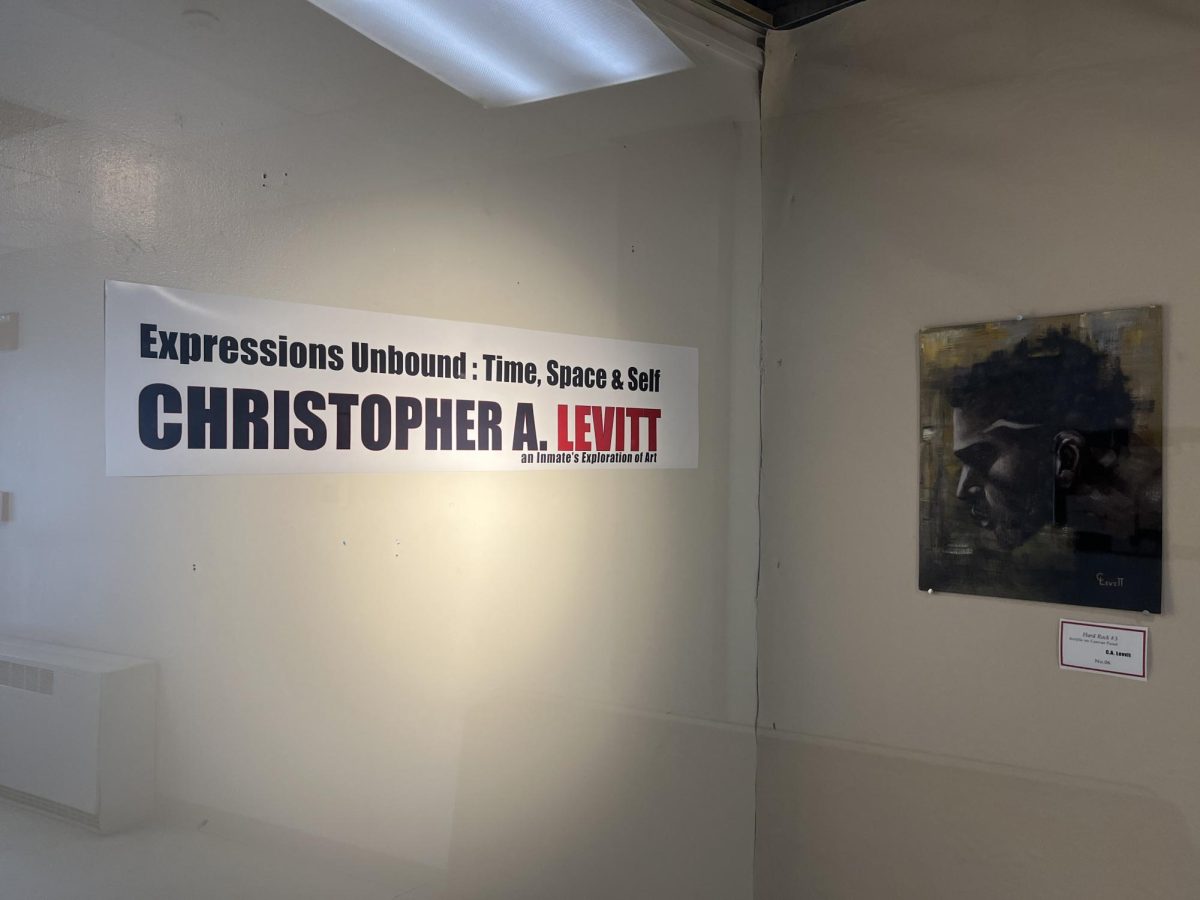
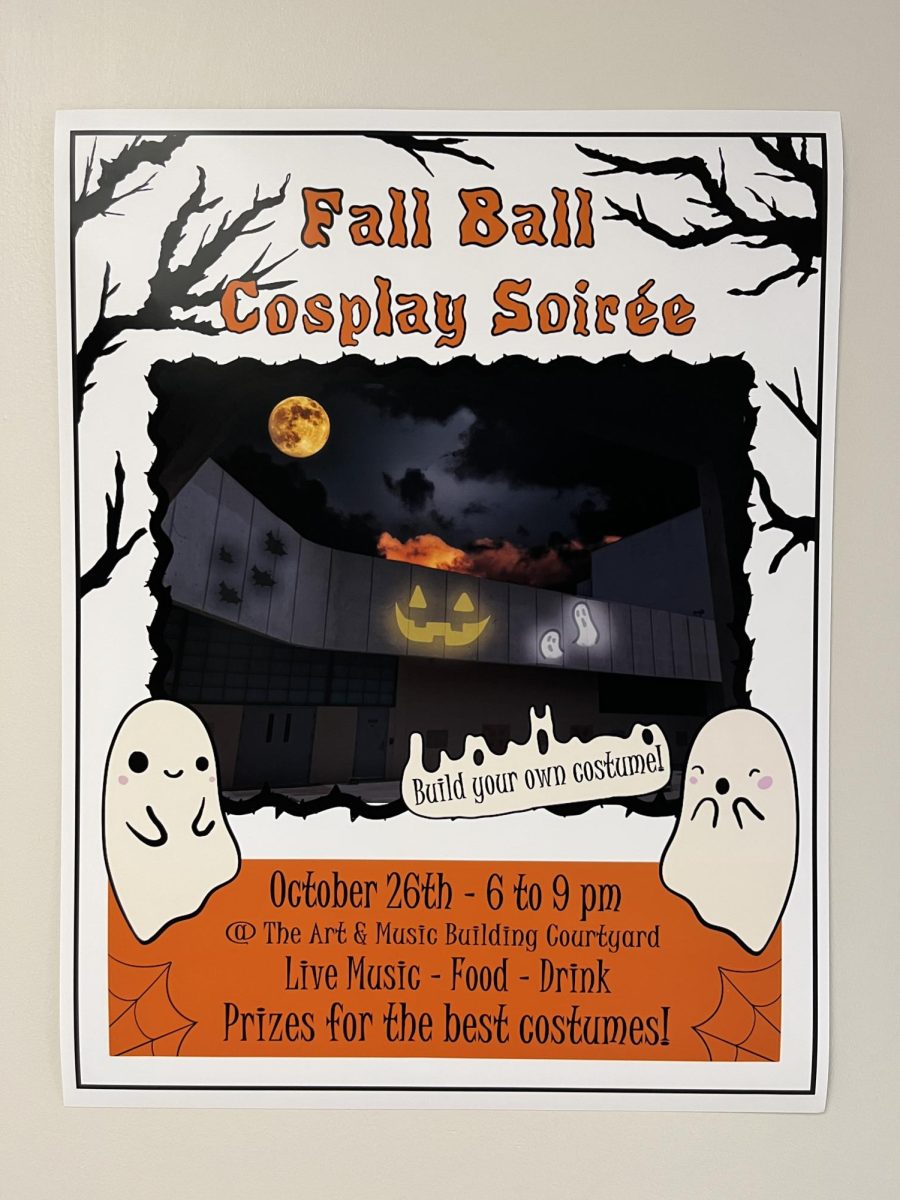

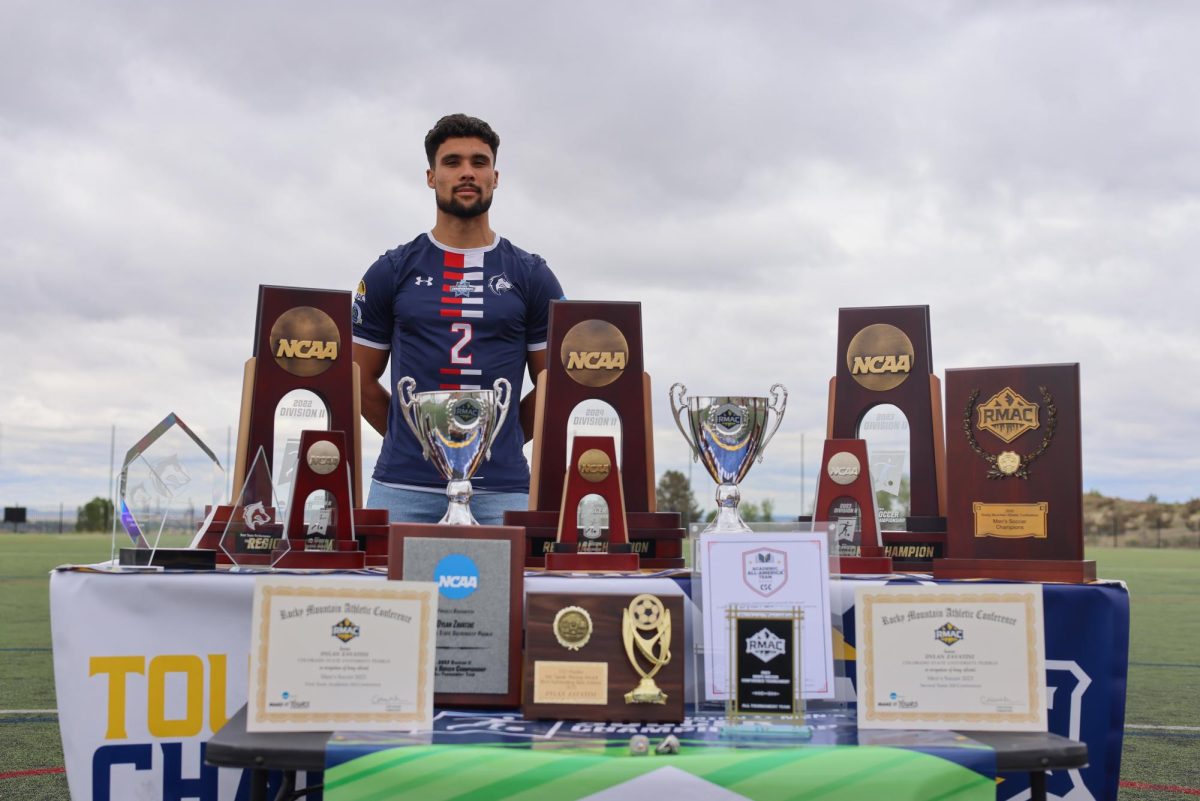
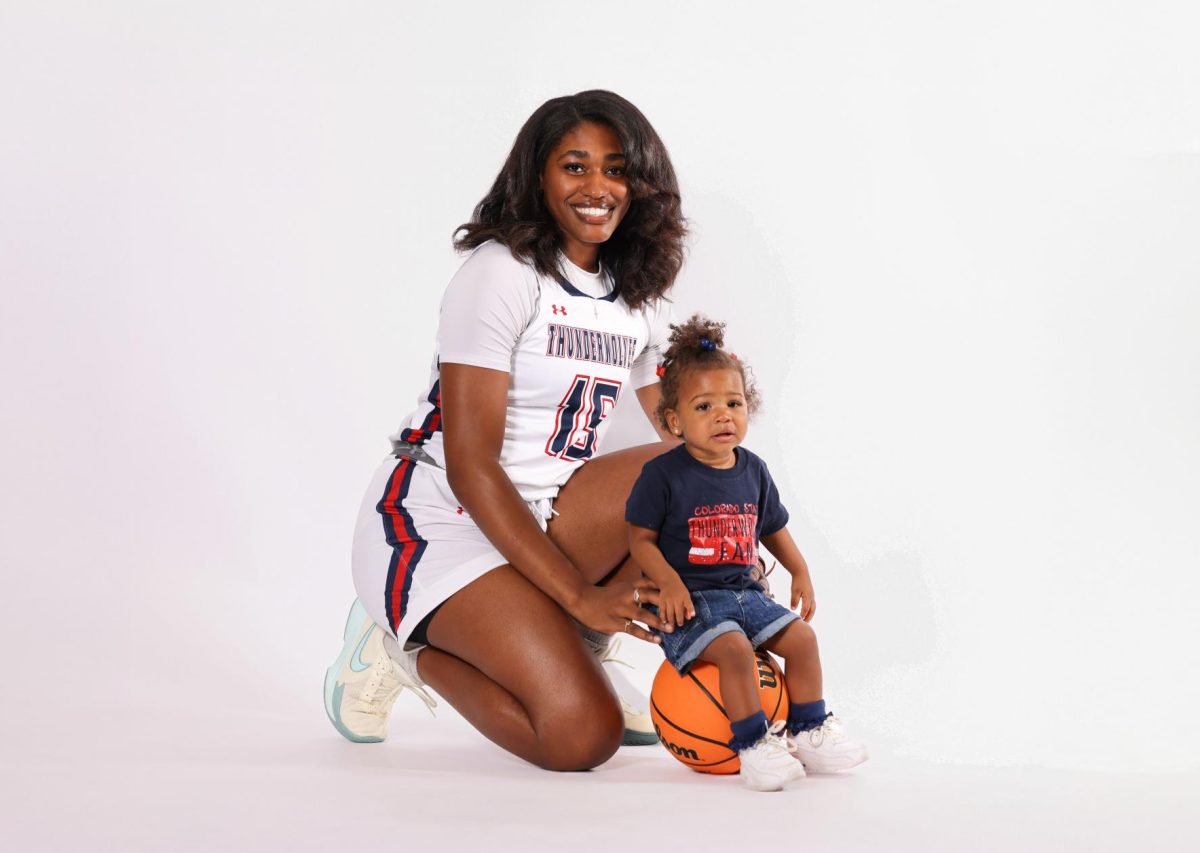
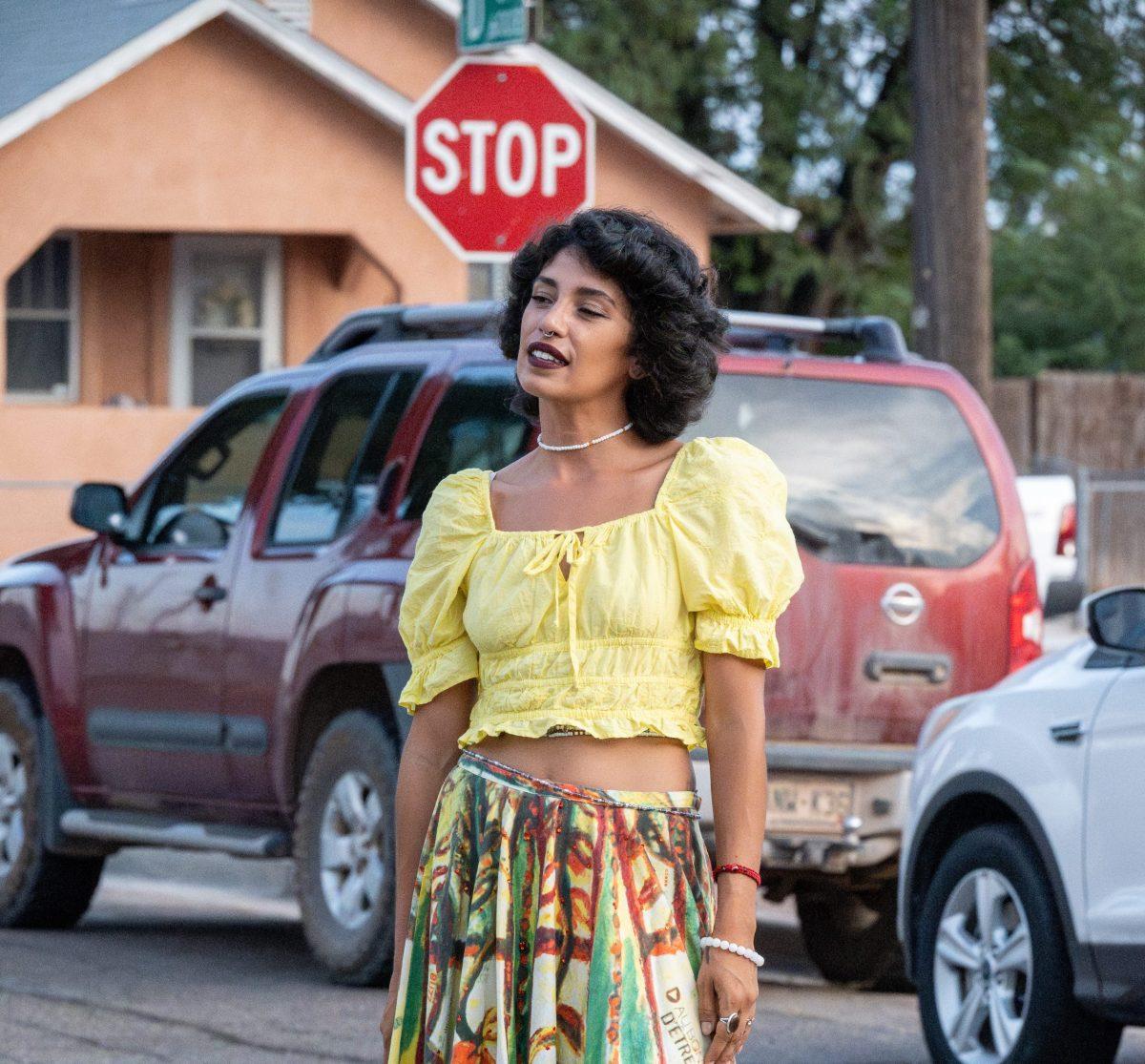
![A firefighter stands in the smoke of the June 3 Lake Minnequa Fire while a firefighting helicopter passes overhead. [Today photo/file/Kimmy Reinhardt]](https://socostudentmedia.com/wp-content/uploads/2022/06/284636131_2489009947902060_3475629797326615982_n-scaled-1-1200x900.jpg)
![FFA delegates line the stage at the Massari Arena June 9. [Today photo/Cassime Joseph]](https://socostudentmedia.com/wp-content/uploads/2022/06/Untitled-2.png)
![The Posada of Pueblo staff is a small-but-mighty team of women leaders who work for the city's most vulnerable members. [Today photos/Brianna Sammons]](https://socostudentmedia.com/wp-content/uploads/2022/03/IMG_6710-scaled-1-1200x800.jpg)